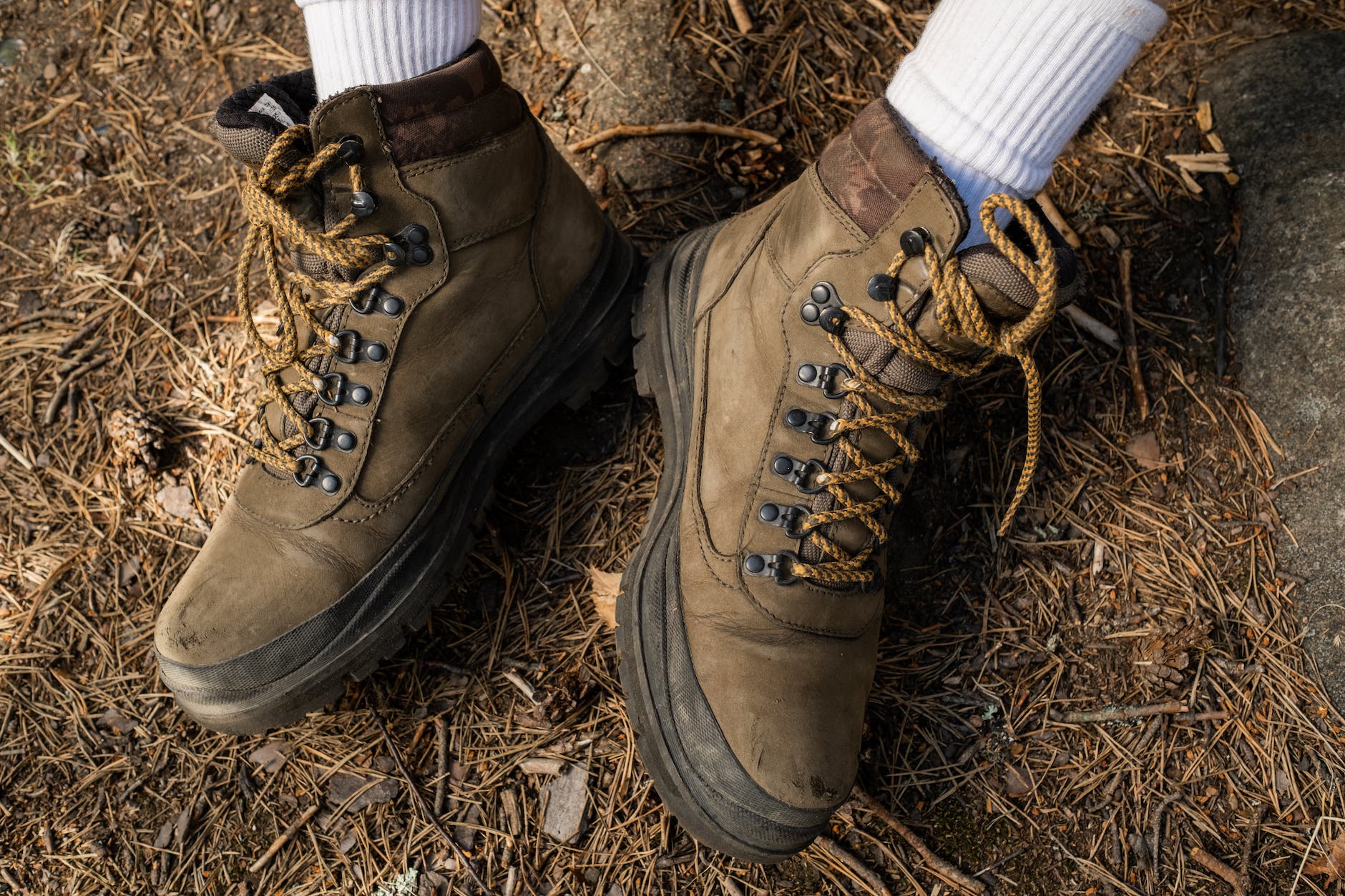
Safety Shoes OR Safety Boots: Personnel Protective Equipment
In the realm of personal protective equipment (PPE), safety shoes and safety boots stand as crucial defenders of workers’ well-being. Whether it’s in the construction zone, the factory floor, or even the medical field, these essential items provide an extra layer of defense that no worker should go without. But what exactly sets safety shoes and safety boots apart, and how can they make a significant impact on overall workplace safety? Let’s lace up and dive into the world of safety footwear.
Understanding Safety Shoes and Safety Boots
The Foundation of Protection: What Are Safety Shoes and Safety Boots?
When it comes to safeguarding oneself from potential workplace hazards, safety shoes and safety boots are stalwart companions. These specially designed shoes are crafted to offer protection against a range of dangers, such as heavy falling objects, sharp debris, electrical hazards, and slippery surfaces.
Differentiating Safety Shoes and Safety Boots
Although the terms “safety shoes” and “safety boots” are often used interchangeably, there are some distinctions that set them apart. Safety shoes usually encompass a lower ankle profile and are ideal for environments where agility and quick movement are necessary. On the other hand, safety boots offer extended protection with their higher cut, safeguarding not only the feet but also the ankles.
The Anatomy of Safety Footwear
Materials Matter: Crafting for Durability and Comfort
Safety footwear is meticulously crafted using a combination of robust materials. High-quality leather, durable synthetic fabrics, and advanced composite materials work together to create a shield against potential workplace hazards. Not only do these materials provide durability, but they’re also designed with comfort in mind, ensuring that long work hours don’t take a toll on the wearer.
Reinforced Toes and Soles: The Heart of Protection
One of the standout features of safety shoes and safety boots is their reinforced toe caps and puncture-resistant soles. These elements act as a barrier against heavy objects that might accidentally come crashing down, preventing potentially catastrophic injuries.
Electrical Hazard Resistance: Shocking Protection
In environments where electrical hazards are prevalent, safety footwear plays a pivotal role in keeping workers safe. By offering electrical hazard resistance, these shoes and boots prevent electrical currents from passing through the body, significantly reducing the risk of electrocution.
Selecting the Right Safety Footwear
Assessing Workplace Hazards: A Customized Approach
The importance of choosing the right safety footwear cannot be emphasized enough. Different work environments pose unique risks, which is why a thorough assessment of workplace hazards is essential. From chemical exposure to extreme temperatures, the right safety shoes or boots can mean the difference between a minor incident and a severe injury.
Comfort and Fit: A Step Towards Productivity
Aside from protection, comfort and fit are paramount in safety footwear. Ill-fitting shoes can cause discomfort, blisters, and even accidents due to impaired mobility. When selecting safety shoes or boots, workers should prioritize options that provide a snug yet comfortable fit to ensure maximum protection without compromising on ease of movement.
The Impact on Workplace Safety Culture
A Visible Commitment to Safety
Equipping workers with safety shoes or boots showcases a company’s commitment to maintaining a safe work environment. This proactive approach not only reduces the likelihood of injuries but also fosters a positive safety culture where employees feel valued and cared for.
Compliance and Regulations: Going Beyond Minimum Standards
In many industries, compliance with safety regulations is not just a necessity but a legal requirement. Safety footwear that meets or exceeds these standards demonstrates a dedication to employee welfare and regulatory adherence.
Conclusion
Safety shoes and safety boots serve as steadfast guardians of workers, shielding them from potential workplace hazards. By understanding the nuances between the two and carefully selecting the appropriate option, both employers and employees can contribute to a safer, more secure work environment. After all, a small investment in safety footwear today can prevent significant setbacks in the future.
Industrial Safety Helmet OR Hard Hat: Personnel Protective Equipment
Personal Protective Equipment (PPE)
IS code (Indian Standard Code) for PPE’s & Safety Equipment
8 Types of PPE (Personnel Protective Equipment)
Personal Protective Equipment (PPE) Toolbox Talk
FAQs About Safety Shoes and Safety Boots
- Q: Are safety shoes and safety boots only for construction sites? A: No, safety shoes and safety boots are suitable for a range of industries, including construction, manufacturing, healthcare, and more.
- Q: Can safety shoes really prevent electrical accidents? A: Yes, safety shoes with electrical hazard resistance can significantly reduce the risk of electrical accidents by preventing the passage of electrical currents.
- Q: How often should I replace my safety footwear? A: Safety footwear should be replaced when they show signs of wear and tear, as compromised footwear may not offer the intended level of protection.
- Q: Can I use regular shoes instead of safety footwear? A: Regular shoes do not provide the same level of protection against workplace hazards as safety shoes or boots. It’s important to use the appropriate footwear for the task at hand.
- Q: Are there specific standards for safety footwear? A: Yes, various safety standards, such as ASTM and EN, outline the requirements that safety footwear must meet to ensure adequate protection.
























